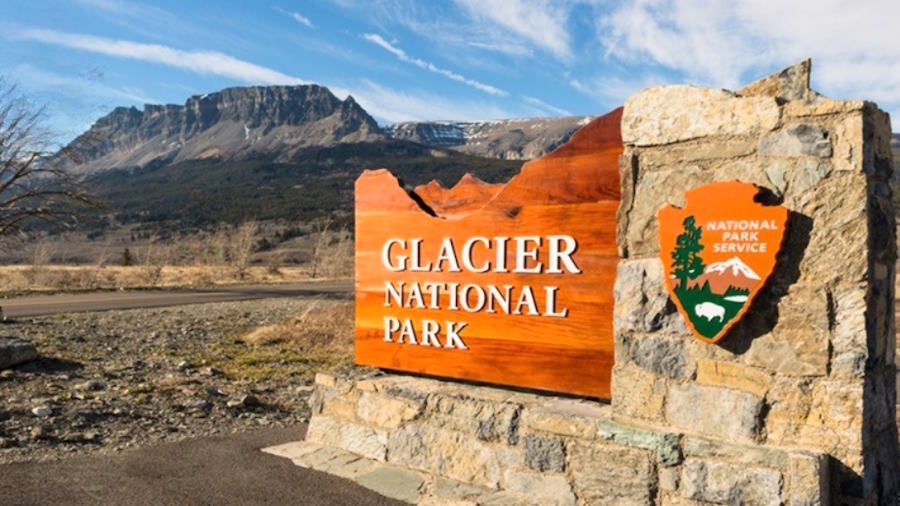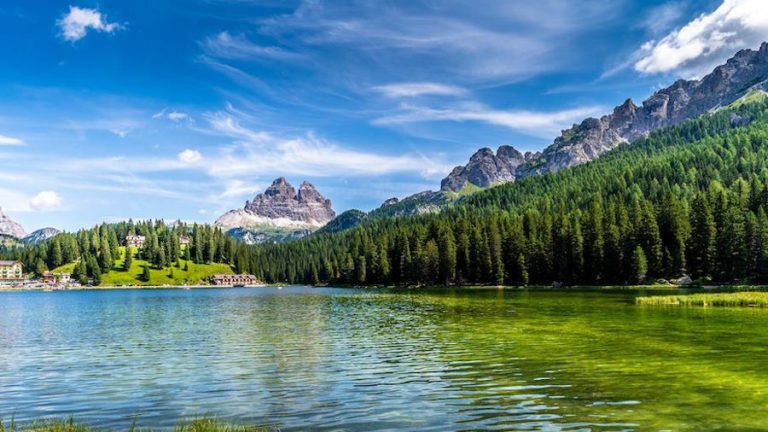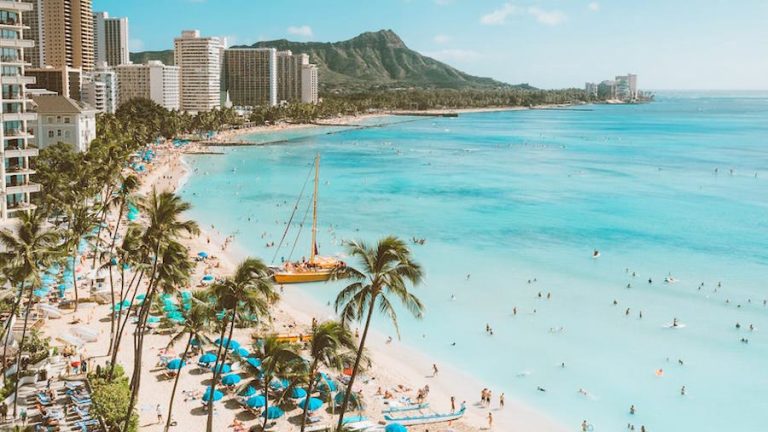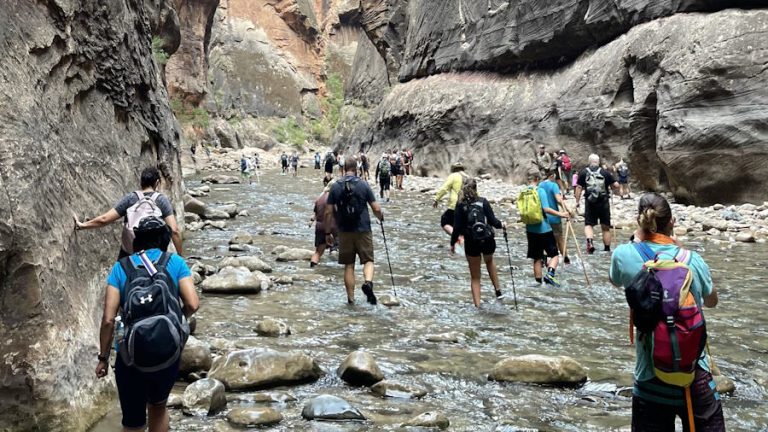The Best Time to Visit Glacier National Park
Embark on a Wilderness Odyssey at Glacier National Park
Contents
- 1 What is the best month to visit Glacier National Park?
- 2 How many days do I need in Glacier National Park?
- 3 Which is better Yellowstone or Glacier National Park?
- 4 What is the closest major city to Glacier National Park?
- 5 What is the rainiest month in Glacier National Park?
- 6 What months can you see northern lights in Glacier National Park?
Nestled in the heart of the Rocky Mountains, Glacier National Park stands as a majestic testament to untouched wilderness. Spanning over a million acres along the Montana-Canada border, this natural wonderland boasts soaring peaks, glacial-carved valleys, and crystalline lakes that mirror the rugged grandeur of its landscape.
Explore over 700 miles of hiking trails, where every step unveils panoramic vistas and encounters with diverse wildlife. The iconic Going-to-the-Sun Road leads you on a captivating journey through alpine meadows and mountain passes, offering unparalleled views.
Whether you’re an avid hiker, a wildlife enthusiast, or a seeker of serene landscapes, Glacier National Park beckons with activities for every adventurer. Marvel at turquoise lakes, witness glacial-carved wonders, and embrace the challenge of challenging hikes.
As you plan your escape to this pristine wilderness, our guide provides essential tips for an unforgettable experience. From seasonal considerations to wildlife conservation efforts, discover the secrets of Glacier National Park and immerse yourself in the awe-inspiring beauty of nature’s masterpiece. Your journey to the wild begins here.
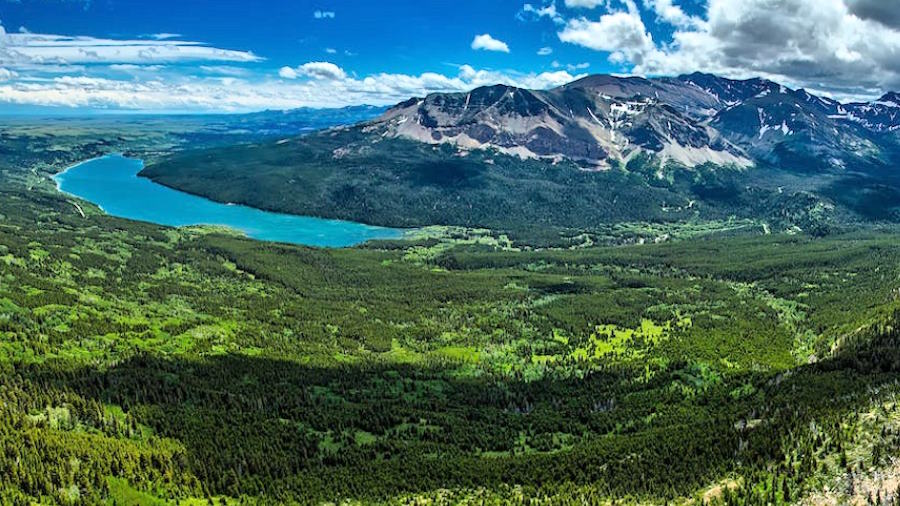
Make the most of these entrance fee–free days every year and immerse yourself in the splendor of America’s National Park Service sites.
What is the best month to visit Glacier National Park?
What is the least crowded time to visit Glacier National Park?
The best month to visit Glacier National Park is late June to early September. During this period, the weather is favorable, with fully accessible trails and the renowned Going-to-the-Sun Road open. Summer brings vibrant wildflowers, active wildlife, and a bustling atmosphere. However, for those seeking a quieter experience with stunning fall foliage and fewer crowds, late September to October is also favorable. Each season offers a distinct charm, so plan your visit based on your preferences, whether it’s the peak of summer activities or the tranquil beauty of autumn.
Summer is the peak tourist season when all park facilities are open, and the weather is most favorable. The famous Going-to-the-Sun Road is fully accessible, and hiking trails are snow-free.
Fall offers stunning foliage, quieter crowds, and crisp weather. Wildlife is more active, and you can still access many park areas.
Spring brings blooming wildflowers and cascading waterfalls. The park begins to come alive, and you can experience a quieter atmosphere before the peak season.
Winter enthusiasts can enjoy cross-country skiing, snowshoeing, and a serene winter landscape. The park is much quieter during this time.
For a balance of favorable weather, fewer crowds, and accessibility to various activities, late June to early September is generally considered the best time to visit Glacier National Park. However, each season offers its own unique charm, so choose the time that aligns with your preferences and interests.
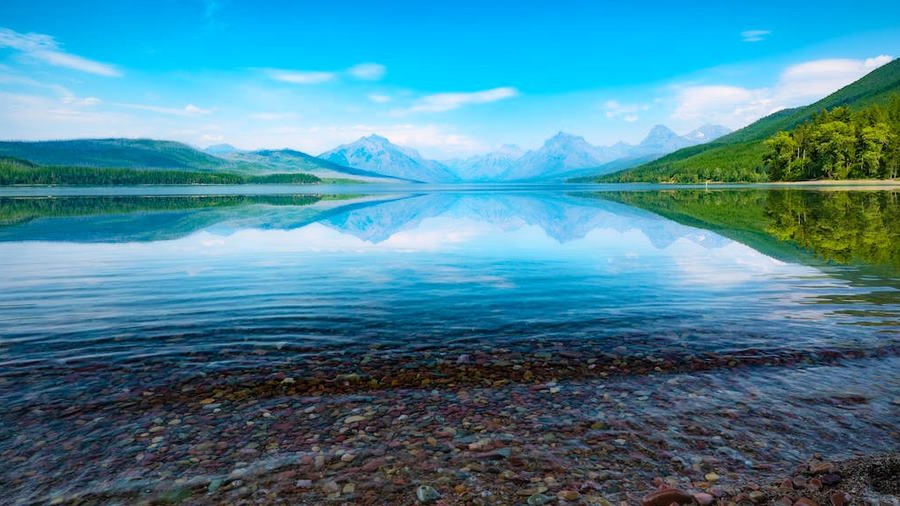
How many days do I need in Glacier National Park?
To fully experience Glacier National Park, plan for at least 3 to 5 days. This allows time for exploring iconic sites like the Going-to-the-Sun Road, hiking various trails, and immersing yourself in the park’s diverse landscapes. Longer stays accommodate unpredictable weather and provide opportunities for wildlife encounters. Consider the season and your activity preferences, whether it’s summer adventures or peaceful moments in the fall. Ultimately, the more time you have, the deeper you can delve into the park’s breathtaking beauty and outdoor offerings.
Which is better Yellowstone or Glacier National Park?
Choosing between Yellowstone and Glacier National Park depends on your preferences and interests.
- Highlights: Iconic geothermal features like Old Faithful, diverse wildlife including bison and grizzlies, stunning landscapes, and the Grand Canyon of the Yellowstone.
- Activities: Geysers, hot springs, wildlife watching, hiking, and scenic drives.
- Considerations: Larger crowds, especially in popular areas.
Glacier National Park:
Ultimately, both parks offer unparalleled beauty, but your choice depends on the specific experiences you seek. If you prefer geothermal wonders and a variety of wildlife, Yellowstone might be your choice. For stunning glacial landscapes and a quieter atmosphere, Glacier could be the ideal destination.
What is the closest major city to Glacier National Park?
The closest major city to Glacier National Park is Kalispell, Montana. Kalispell is located approximately 30 miles southwest of the park’s West Entrance, making it a convenient gateway for visitors. The Glacier Park International Airport, serving Kalispell, provides air access for those traveling to the area. Additionally, other notable cities in proximity to the park include Missoula, Montana, and Spokane, Washington, which are both within a few hours’ drive. These cities serve as hubs for travelers seeking to explore the wonders of Glacier National Park.
What is the rainiest month in Glacier National Park?
Glacier National Park experiences a relatively consistent distribution of precipitation throughout the year, but the late spring and early summer months typically see higher rainfall. June tends to be one of the rainiest months, with increased precipitation. It’s essential to be prepared for variable weather conditions, including rain, when visiting the park. Keep in mind that weather patterns can be unpredictable, and precipitation can vary, so it’s advisable to check updated weather forecasts closer to your planned visit.
What months can you see northern lights in Glacier National Park?
While Glacier National Park is not renowned for its visibility of the Northern Lights (Aurora Borealis), it is occasionally possible to witness this celestial phenomenon in the northern latitudes of Montana. The best months to see the Northern Lights generally coincide with the winter months when nights are longer and darker.
For Glacier National Park, the potential months for Northern Lights sightings are typically from late fall to early spring, with better chances during the winter months (November to March). However, the Northern Lights are not guaranteed, and visibility is influenced by factors such as solar activity, clear skies, and minimal light pollution. Visitors interested in witnessing the Northern Lights should plan their trips during these months and monitor space weather forecasts for optimal conditions.
Glacier National Park U.S. National Park Service
Visit Montana
Wikipedia Glacier National Park
Top 10 National Parks of United States
Which National Park has the most hiking trails?
Unlocking the Narrows: Zion’s Spectacular Hike
How do you deal with bears while hiking?
The Best Time to Visit Glacier National Park
Hiking in Yosemite National Park
The Great Smoky Mountains National Park
The 9 Best National Parks to Visit in Spring
10 Best National Parks to Visit in Winter
